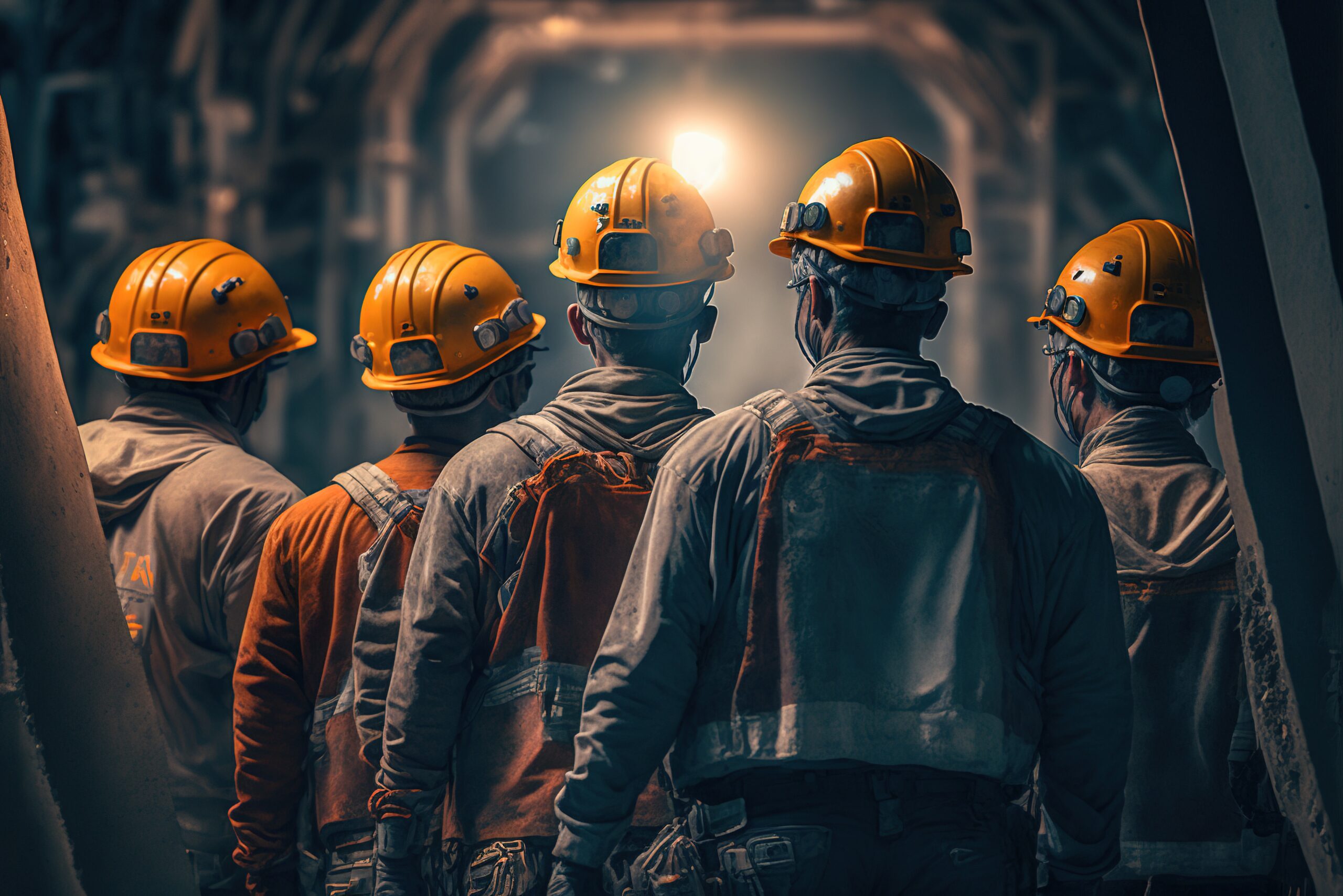
Grande Cache, Alta., coal mine instabilities still a mystery
November 24, 2023
By
The Canadian Press

A group of miners. Photo: Adobe Stock
By Scott Hayes, Jasper Fitzhugh
Grande Cache’s coal mine operation in Alberta has been beset with safety issues involving rock-wall instabilities over the last several months.
Multiple incidents of this nature at CST Canada Coal have caused concerns about worker safety. Stories of a worker operating large equipment being almost buried have been circulating on social media and in other news over the last week.
The Alberta Energy Regulator (AER) is now working with the company to investigate.
“In June of this year, CST Coal (CST) reported to the AER a localized rock wall instability, which is not considered a ‘collapse’. Similar events were also reported in September and October 2023,” said Renato Gandia, AER media management specialist, via an email to the Fitzhugh.
The AER’s online glossary does not offer a definition of a “collapse.”
The AER’s Compliance Dashboard of Incidents indicates that the June 19 incident was reported as a mine wastewater incident involving surface runoff and sediment from a settling pond due to heavy precipitation and regional flooding. Water from that event was released into the Smoky River.
No reports could be found on the dashboard for the September and October incidents.
Further coal wastewater releases occurred on Dec. 29, 2022 and on March 4, 2023. The first of those involved approximately 107,000 litres of coal wash water and the second larger incident involved approximately 1.1 million litres of coal fines (referring to water and coal fine particles) that were released into the Smoky River. No emergency phase was indicated for either of those events as reported on the Compliance Dashboard.
According to its website, the AER “ensures the safe, efficient, orderly, and environmentally responsible development of oil, oil sands, natural gas, coal resources, geothermal, and brine-hosted mineral resources over their entire life cycle. This includes allocating and conserving water resources, managing public lands, and protecting the environment while providing economic benefits for all Albertans.”
The decade-old organization is 100 per cent funded by industry.
“Our top priority is to ensure the safety of the public and environment,” Gandia said.
“We are reviewing the monitoring data and mitigation activities of CST on these events. Inspectors from the AER have visited the site and are working with CST to understand what caused these events and any remedial action performed or required.?No injuries have been reported to the AER.”
He indicated that the oversight of health and safety in Alberta’s workplaces falls under the Occupational Health and Safety Act.
“`It is important to note that the AER oversees sites, like CST’s, to ensure company’s operations are meeting the conditions of our approval.”
The Fitzhugh requested comment from both CST Canada Coal and the United Mineworkers Union. No comment was received from either by press time.